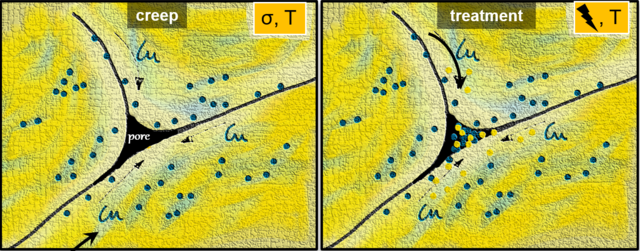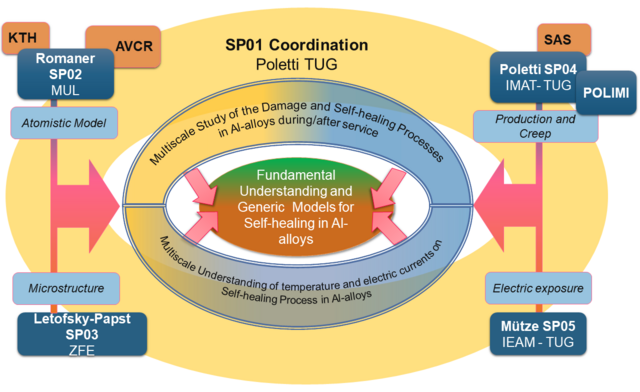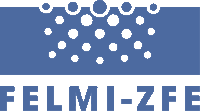FWF Project - ELISHA - ElectrIc current effects on the Self-Healing of Al alloys
Like some other metals, aluminium alloys show the potential for self-healing its damage after or during service. However, unlike for high-performance concrete and plastics, this property is not currently exploited.
In this project, we explore the self-healing characteristics of aluminium alloys using the diffusion of atoms to repair pores formed during or after service. We aim to identify the specific conditions at which the atoms move in the direction of damage.
To achieve our goals:
- We identify the diffusion of selected chemical elements in aluminium to retard or heal its damage. Calculations of the movement of the atomsat different conditions support this selection.
- We produce our materials using a mixture of aluminium and other metallic powders. The powder melts when exposed to a laser source and solidifies at high velocities, producing chemical composition gradients.
- We characterize the damage and self-healing of our materials exposed to high temperatures, electrical currents, and mechanical loads and compare their performance with those of conventional materials.
- We characterize the self-healing potential after and during damage at different scales using multiscale microscopes.
- We explain the impact of self-healing on the creep response using mathematical models and physical concepts under different conditions.
Funding
Project Leader TU Graz - IMAT
Assoc.Prof. Cecilia Poletti
cecilia.poletti@tugraz.at
phone: +43 316 873 1676
Project Partner at TU Graz
Partner








